The Low-Stance F1 Ford That Fat Jack Built
Fat Jack has been building cars, trucks, and hot rods for customers for over forty years. Check out the 1951 F1 Ford that he built for himself in his spare time with lots of spare parts.
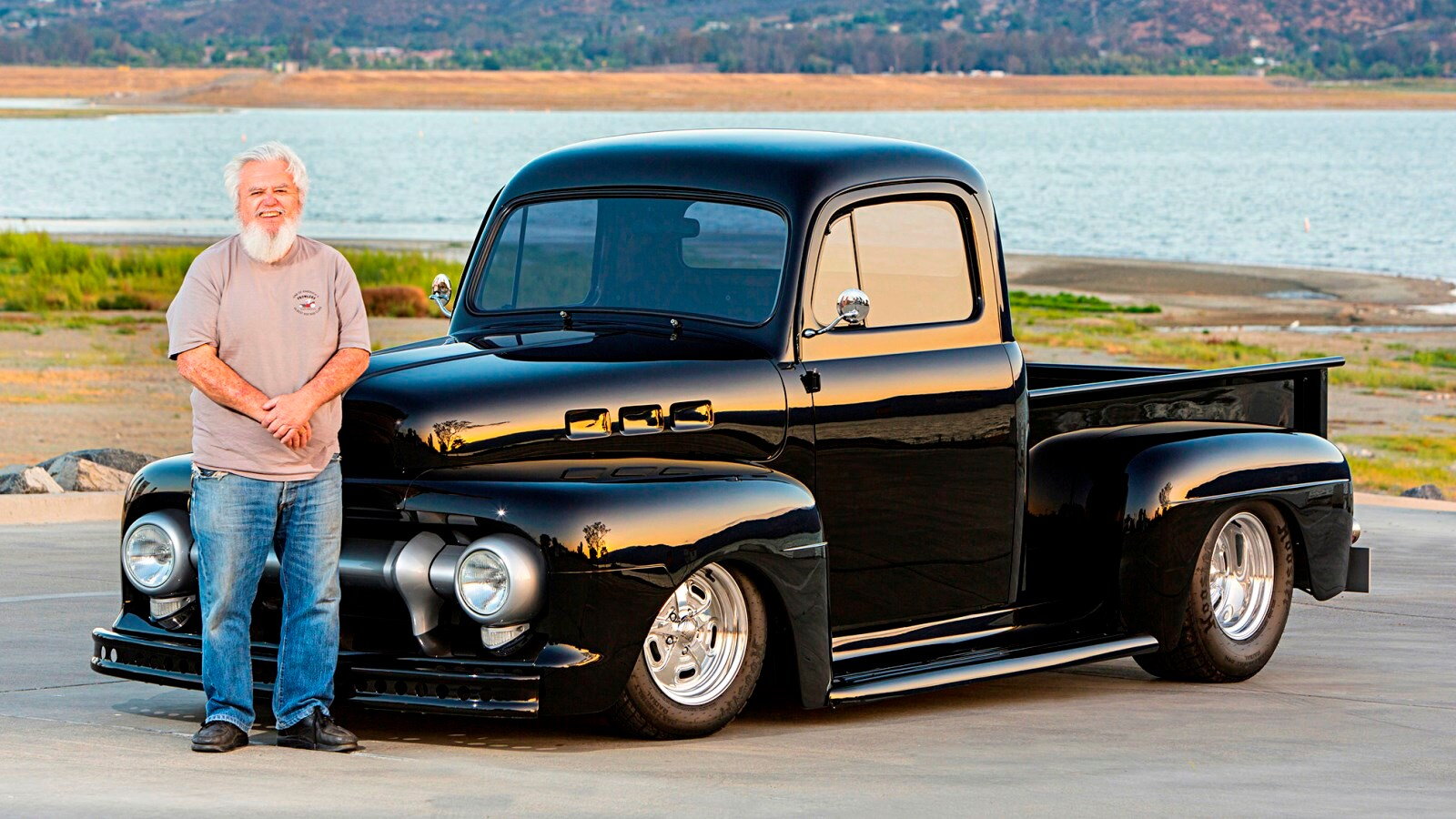


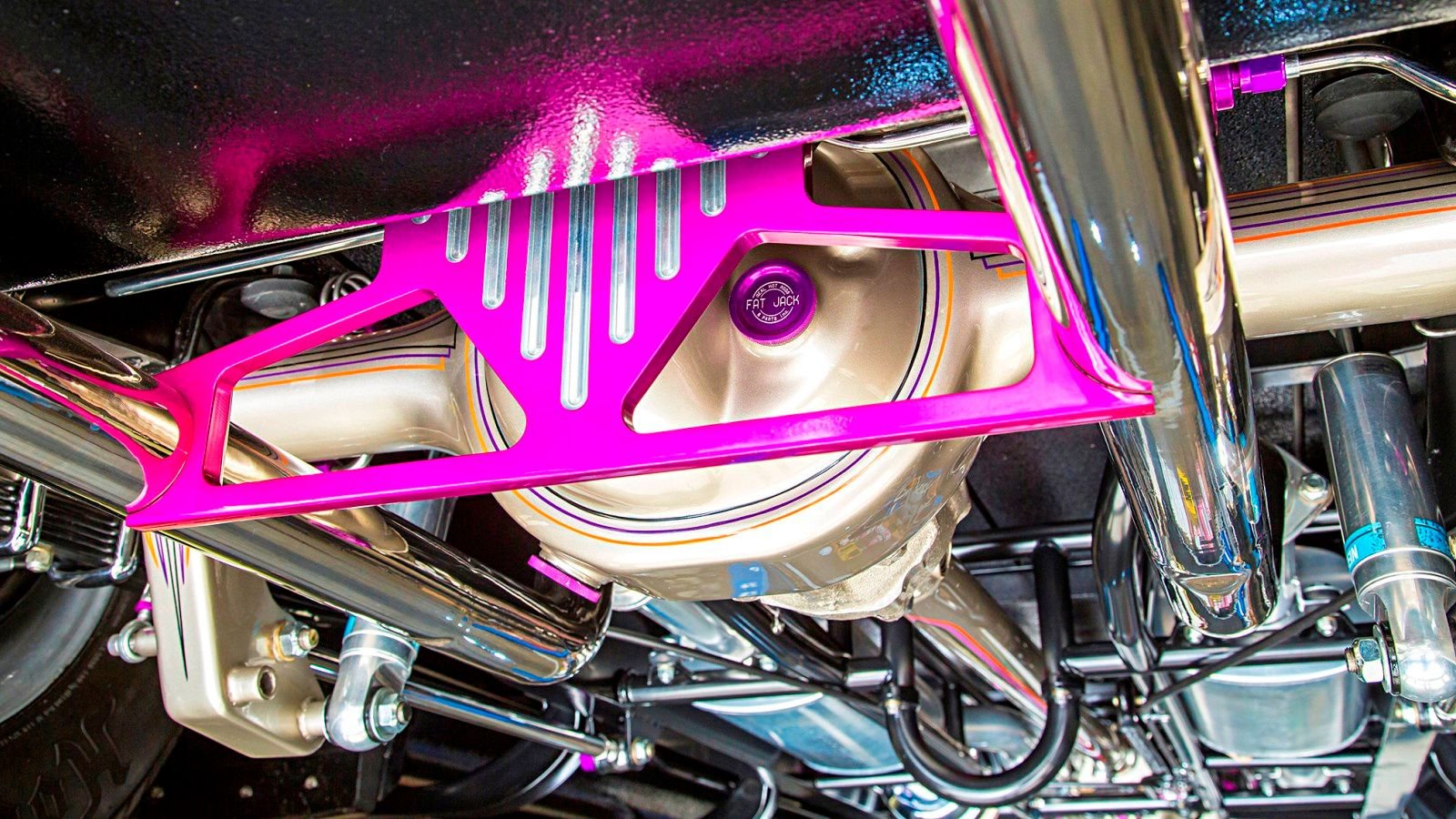
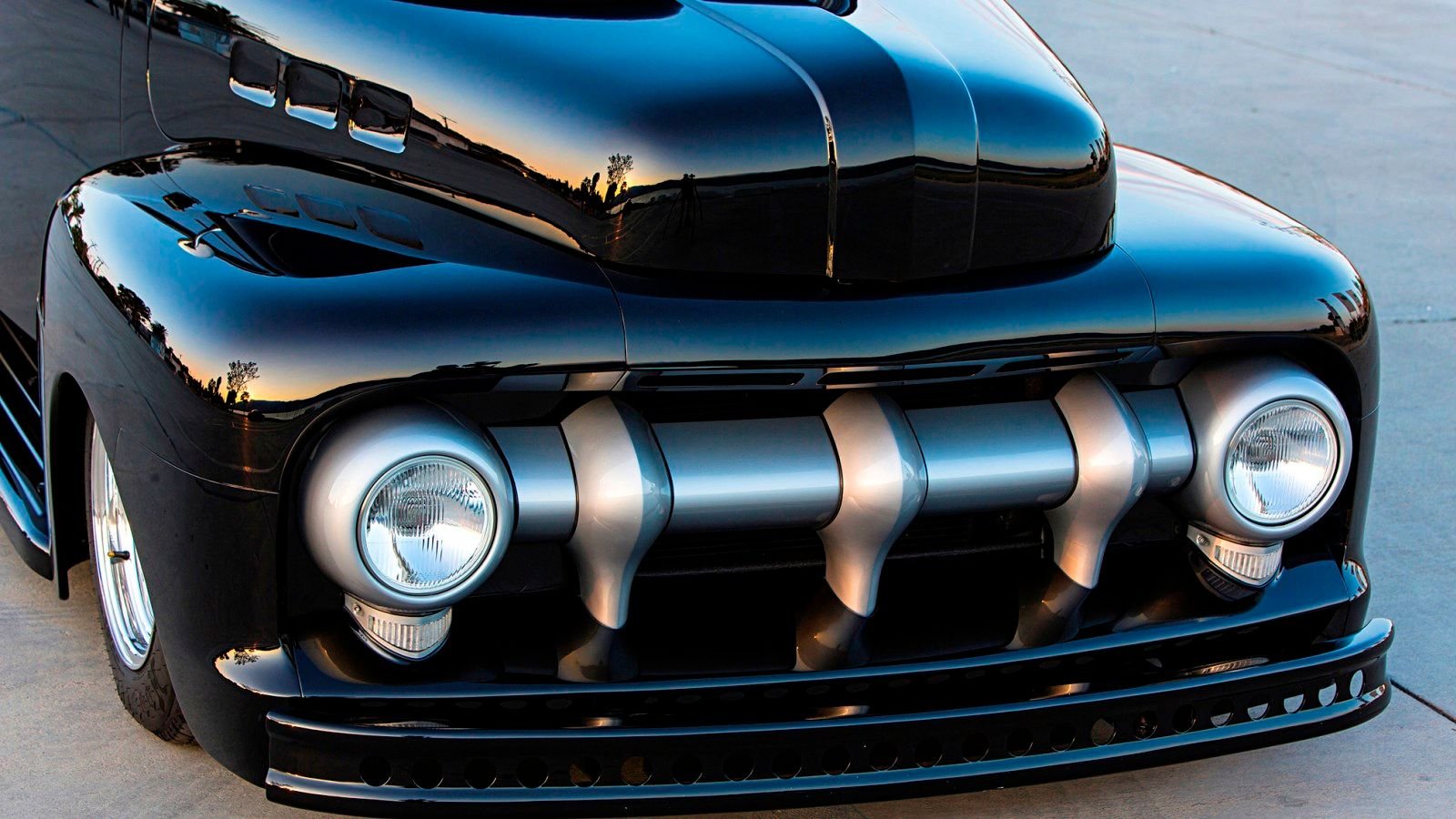
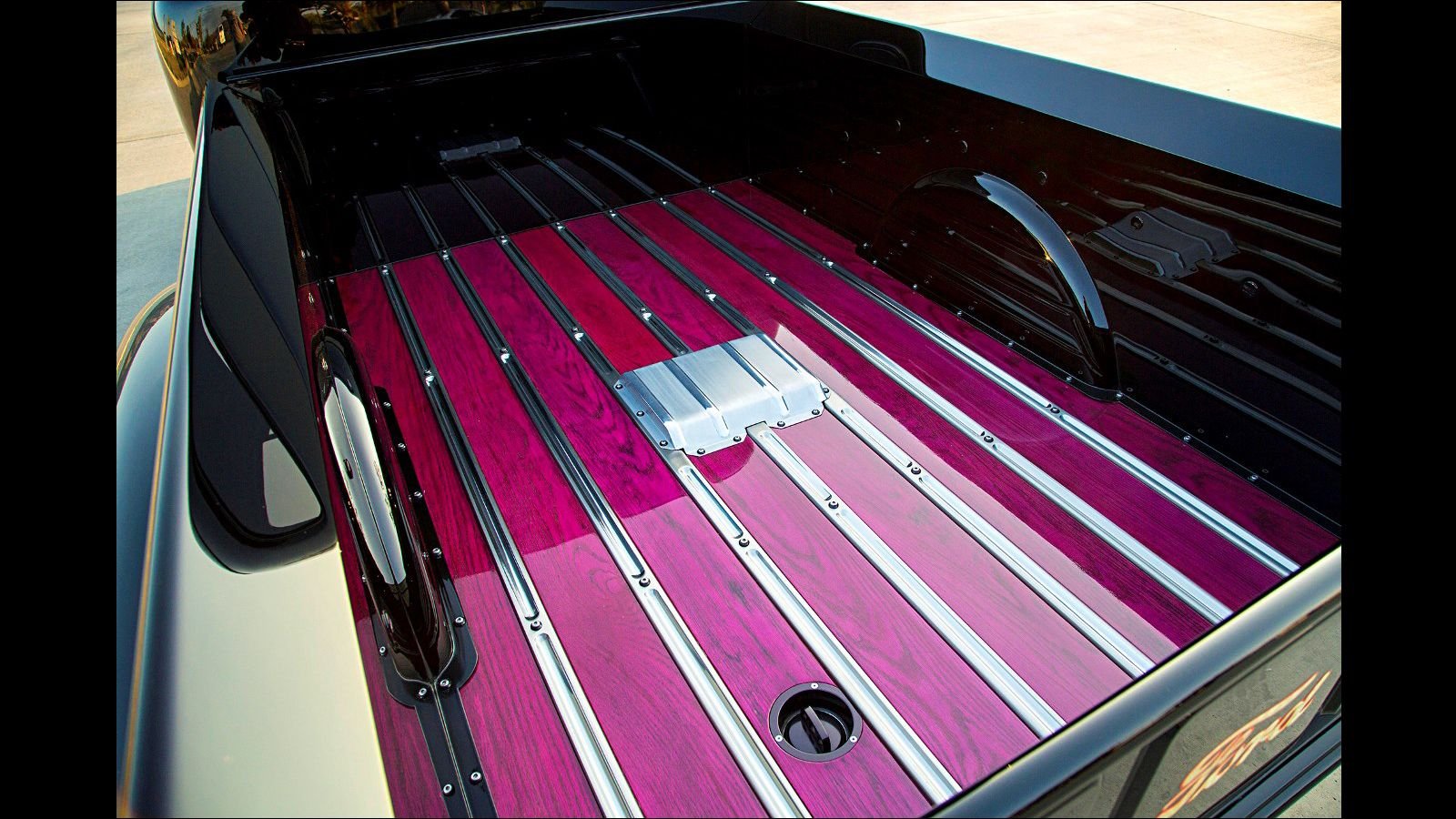
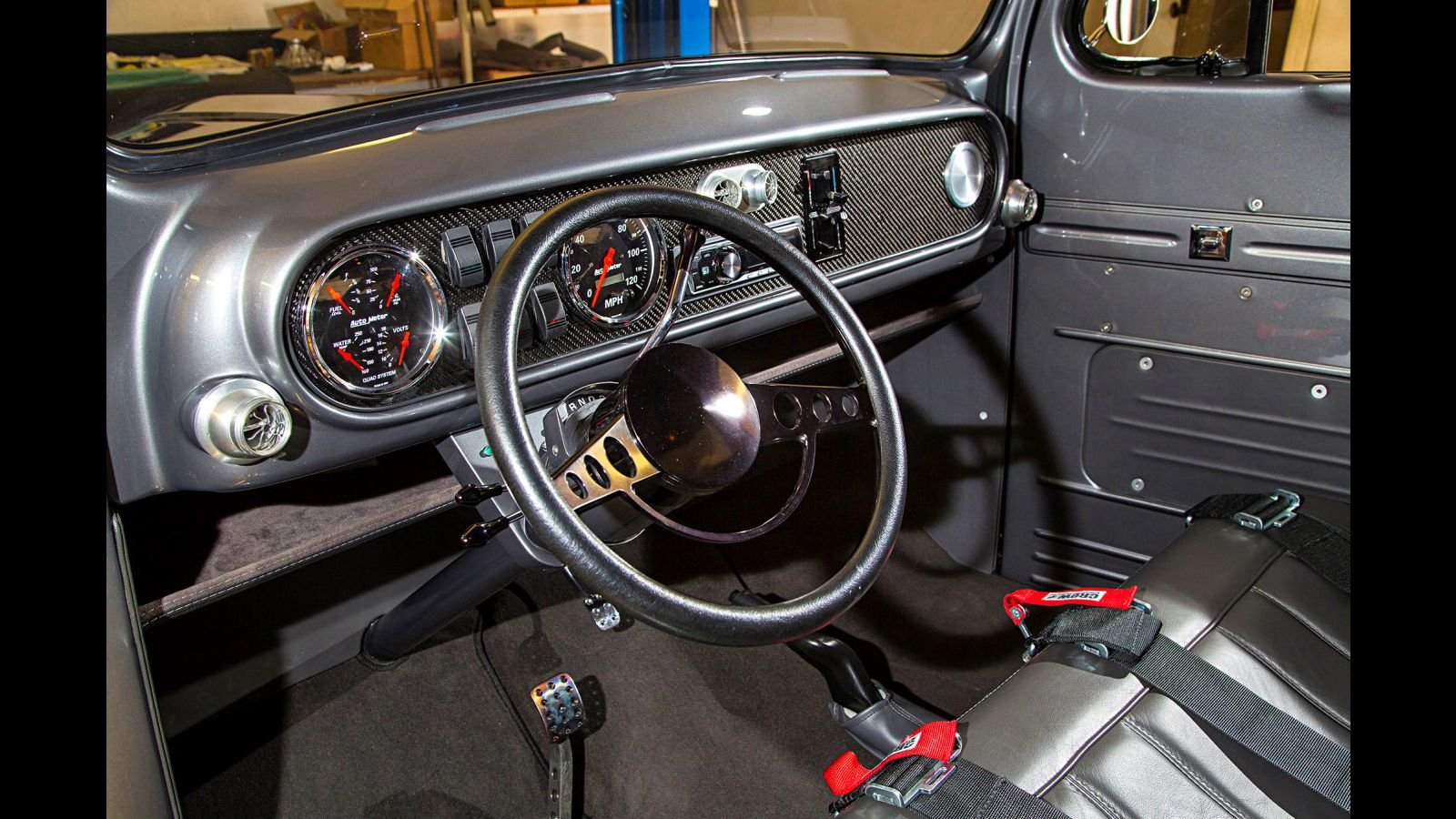









Fat Jack's Real Hot Rods and Parts
Most people don't like to be called fat. In fact, to call them fat is not only insulting but downright un-PC in today's highly charged PC climate. But Jack doesn't mind being called fat at all. In fact, his nickname is Fat Jack. His company is Fat Jack. And his cars are fat, too. Consider for a moment the 1951 Ford F1 that took him 25 years to build. It's not that he needed two and a half decades to build it, mind you. He's been building all sorts of cars and trucks for his customers at Fat Jack's Real Hot Rods and Parts in Wildomar, California for over forty years, and in between projects he built this one for himself. This F1's widebody is about as low as you can go. Just like Jack.
>>Join the conversation about Fat Jack's Low F1 right here in Ford-trucks.com.
Too low and too fast
Fat Jack's cars have a reputation for being low, fast, and smooth, and this beauty is no exception. Too low and too fast is pretty much how you would describe most of his builds. Jack had this old heap sitting around in his backyard for years but he had enough good parts laying around to rebuild it. Better than it was before. Better, stronger, faster. OK, so it wasn't the Six Million Dollar Man, but the analogy is not that far off. Everything but the chrome, engine machining, and the interior were done in his shop. Instead of adding a million body mods and sculpting the interior into something more modern, Jack stuck to a more authentic blueprint, making more subtle changes, but adding tons of horsepower and a lowering the frame.
>>Join the conversation about Fat Jack's Low F1 right here in Ford-trucks.com.
Under the hood
Jack sent a cast-off 430 Buick engine over to Clay Smith Engineering where the machine work was done. They left the stock crank alone but bore the block out to 444 ci. Jack's son, John, also a builder, assembled the engine with a Clay Smith cam, H-beam rods, and JE forged pistons and oil pump. The iron heads run TA Performance stock rockers were ported and massaged and then covered with stock Buick valve covers modified by Jack with breathers. Jack also used a TA Performance aluminum medium-rise manifold and 750 Holley as well as one of Jack's purple anodized billet air cleaners. He added a TA aluminum water pump with additional flow vanes. Buick pulleys were used but not before they were dipped in chrome. The firewall, fender panels, and core support were all fabbed at Fat Jack's.
The radiator is aluminum and the MSD standalone distributor has been painted, polished, and chrome anodized as pictured above in red. The stainless steel exhaust system includes Magnaflow mufflers. A turbo 400 transmission was rebuilt and mated to the Buick engine with an adapter.
>>Join the conversation about Fat Jack's Low F1 right here in Ford-trucks.com.
No bags here
Once you get under the truck you can see how everything had to be pushed up into the chassis order to give this truck its low ride, and large 12-1/2-inch wide 15-inch Hoosier tires required relief panels in the inner bedsides. The CPP brake kit includes S-10 calipers and Granada discs. The Mustang II front suspension utilizes the stock stamped control arms with fabbed tube upper A-arms and Bilstein shocks smooth out the bumps. Yet despite all the work that went into this rebuild, perhaps the most impressive aspect of the undercarriage is the painstaking detail of the finishes and coatings which give this F1 a hot rod look and a show car finish.
>>Join the conversation about Fat Jack's Low F1 right here in Ford-trucks.com.
Outer beauty
The body was primary left unmodified except where it needed to be due to its lowered-stance. The hood vents in front were filled and the stock pockets on the sides were untouched after the F1 trim was removed. The door handles were shaved and the stake pockets in the bed filled. The front and rear fenders were trimmed to offer more clearance for the low ride height. The rear wheel openings were raised one inch to mimic the openings in the front.The hood's original trim and radiator openings were filled for a cleaner look. The massive silver-painted grille is stock but the headlights were frenched (or recessed) into it for a cleaner, seamless look. The chin was sliced for more ground clearance. The truck rides on a set of Boyds billet wheels, 15x8 in front and 15x10 in the back, covered in Hoosier rubber.
>>Join the conversation about Fat Jack's Low F1 right here in Ford-trucks.com.
A bed fit for a king
The bed sports inner wheel reliefs with purple tinted wood slats and stainless machined runners made by Jack himself. The reliefs machined into them were done by Mike Curtis at Jack's.Jack and Mike also fabbed the stainless bed strips, filled the stake pockets, made the inner fender reliefs and third member cover. Afterwards, Jack dropped a basecoat of clearcoat black and finished it off with Dennis Ricklefs pinstriping and lettering on the tailgate. Ricklefs also added his pinstriping to several undercarriage components including the lower control arms and oil and transmission pans.
>>Join the conversation about Fat Jack's Low F1 right here in Ford-trucks.com.
Inner beauty
The truck's leather interior features a Jack-modified dash with carbon-fiber insert, bear-claw door latches, Vintage Air air conditioning, Specialty power windows, Auto Meter gauges, a GM van tilt steering column, and aluminum panels covered in leather. The wiring kit was supplied by American Auto.
>>Join the conversation about Fat Jack's Low F1 right here in Ford-trucks.com.
Built to hammer hard
Jack and his sons John, Gary, and Eddie, have cultivated their own building ethic and aesthetics. They feel that stance, wheel and tire choice, fit, and finish are essential to any build. "Building cars is not easy, and it's not cheap," says Jack. "But I build them to hammer hard on them." It took him a mere 25 years to build this one, but it was never about getting it done quickly, just getting it done right. At the end of the day, Fat Jack and his low riding F1 Ford stand tall above the crowd.
>>Join the conversation about Fat Jack's Low F1 right here in Ford-trucks.com.
For help with your maintenance and repair projects, please visit our how-to section right here in the forum.
